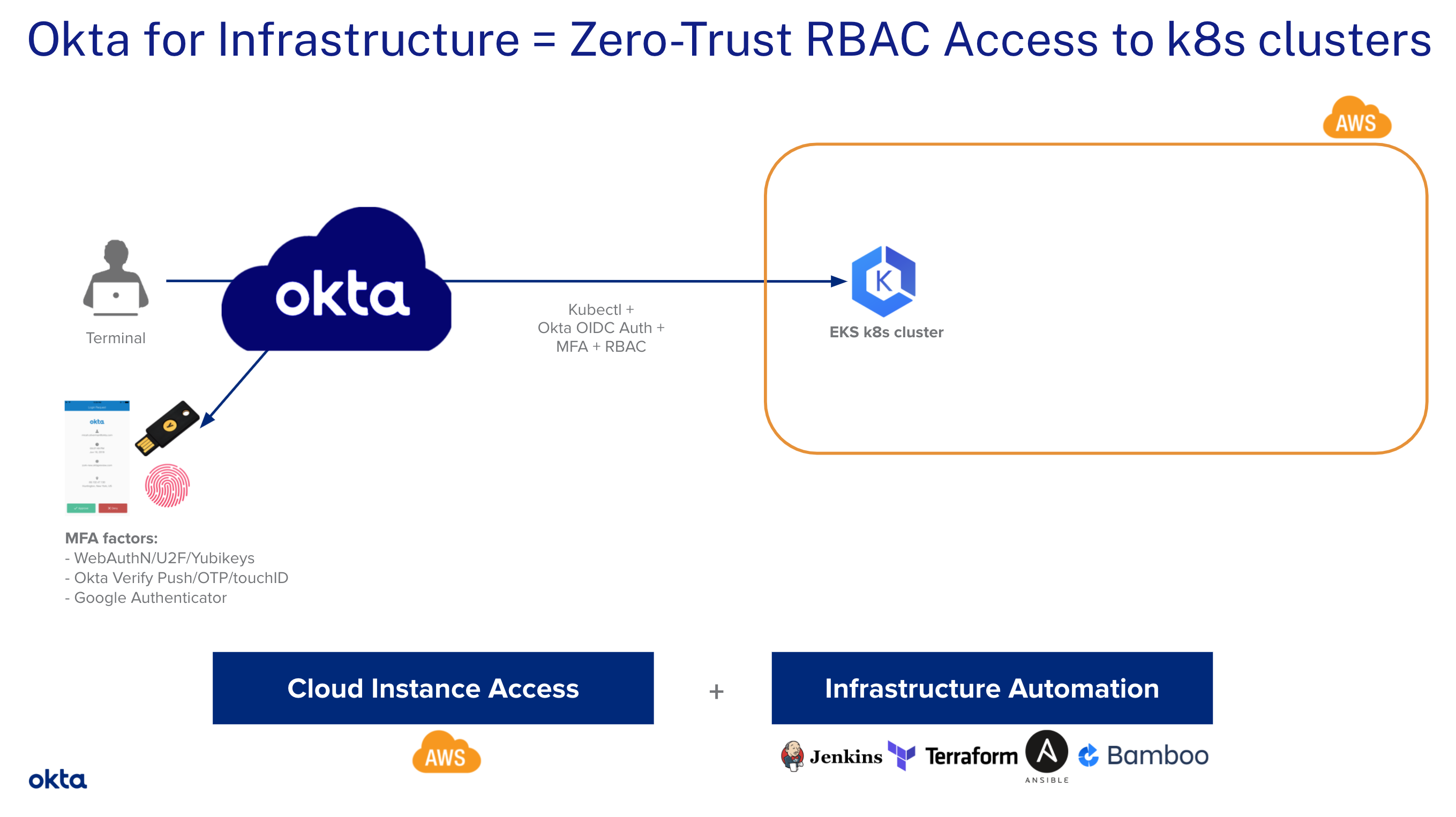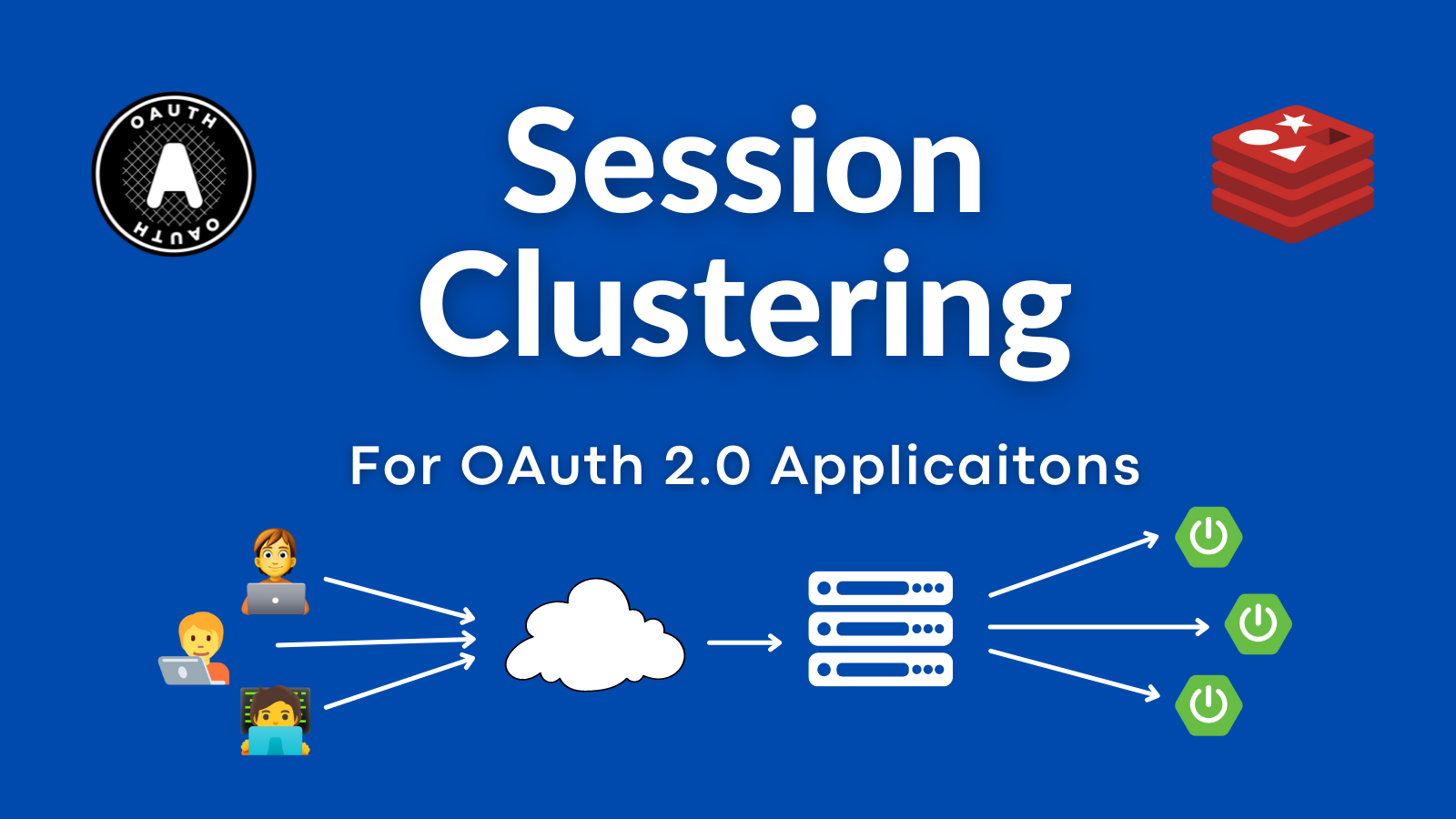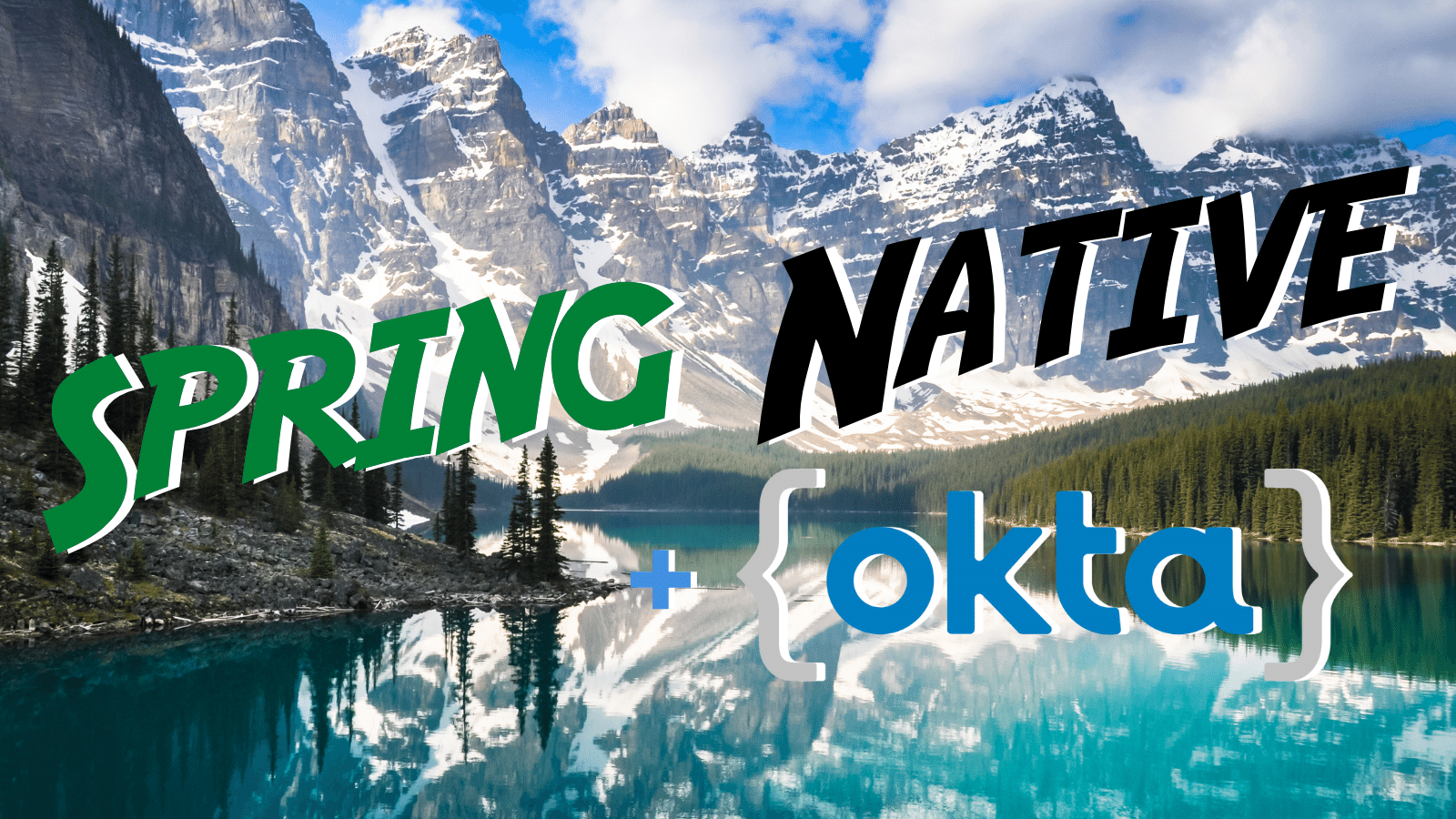From Ops To Advocacy

Hi, I’m edunham, and I’m an infra person. Our buzzwords include DevOps, Cloud Operations, and Site Reliability Engineering, though if you ask any two of us about the difference between those terms, you’ll get at least three answers. Whatever name it’s wearing, doing ops well requires not only the “how” of changing systems, but also the “why” of making the right changes. Although I’ve always loved helping spread the information that my colleagues need in...
Secure Access to AWS EKS Clusters for Admins

In this tutorial, we will leverage OpenID Connect (OIDC) to allow our DevOps team to securely access their EKS clusters on AWS. We use Role Based Access Control (RBAC)] to enforce the least privilege required without the need to configure AWS IAM roles. 😎 We’ll highlight the steps to manually enable an OIDC provider on your EKS clusters. At the end of this tutorial, we’ll point to resources you can leverage to automate all those...
Okta Developer Plan Changes

An Update on Our Developer Offering As many of you may know, Okta completed the acquisition of Auth0 in May of 2021. We’ve since been busy, working out how our products will work together to help developers provide the best experiences for their users. If you joined us for Developer Day, you saw Okta and Auth0 showcase interesting projects happening at our companies and in our communities. In the months since the Auth0 acquisition, one...
Learn How to Build a Single-Page App with Vue and Spring Boot

In this tutorial, you are going to create a single-page application (SPA) that uses a Spring Boot resource server and a Vue front-end client. You’ll see how to configure Spring Boot to use JSON Web Tokens (JWT) for authentication and authorization, with Okta as an OAuth 2.0 and OpenID Connect (OIDC) provider. You’ll also see how to bootstrap a Vue client app with the Vue CLI and how to secure it using the Okta Sign-In...
Session Clustering for OAuth 2.0 Applications

A common OAuth 2.0 question we get: "How do I deal with OAuth in a load-balanced application?" The short answer: There’s nothing specific about session clustering for OAuth. The longer answer is—you likely still need to worry about cluster session management. This post will discuss how an OAuth login relates to your application’s session. And we’ll build a simple, secure, load-balanced application to demonstrate. Note: In May 2025, the Okta Integrator Free Plan replaced Okta...
Announcing the Okta Identity Early Access Hackathon Winners

Back in early August, in partnership with DevPost, we announced the Okta Identity Early Access Hackathon, and invited developers everywhere to "build something awesome with the Okta Identity Engine (OIE) Limited GA release." Our aim was to give participants the chance to explore the new platform with its new capabilities for customer identity and access management. In exchange, we hoped to gain early stage feedback and a feel for what engaged the dev community worldwide....
Spring Native in Action with the Okta Spring Boot Starter

In the fall of 2020, the Spring team released a new experimental Spring Native project that gave Spring developers hope for faster startup times. Spring Native is all about converting your Spring applications to native executables. It leverages GraalVM to make it happen. This announcement was huge because the new kids on the block, Micronaut and Quarkus, produced native executables by default. I was really excited about Spring Native when I first heard about it....
How to Write Cleaner, Safer Code with SonarQube, Docker and .NET Core

When it comes to code quality and code security, SonarQube is your teammate! This analysis tool is pretty straightforward to use, especially with some help from Docker. In this post, I’ll show you how to run a Docker container with SonarQube to analyze the code of a simple ASP.NET Core 3.0 application. Code analysis is a critical component of app development because it can identify security issues and other tricky bugs that might be overlooked...
How to Build a Flask SCIM Server Configured for Use with Okta

At a very high level, the SCIM (System for Cross-Identity Management) protocol exists to provision and sync users and groups across various, independent systems. There is some room for nuance in the SCIM spec. In this post we will take a look at some basic SCIM operations. We’ll peek under the hood at the flow between Okta and a SCIM server built in Flask using PostgreSQL as our app database. Even if you’re not a...
Developer Day 2021: Celebrating the Future of Identity

It’s been a big year for Okta and Auth0. Our two companies have officially joined forces over the past few months, and we are excited about the chance to shape the future of identity together. It’s great to celebrate our combined developer communities at the first Developer Day event. I look forward to exploring more ways we can collaborate with our Auth0 counterparts and far-flung global communities through future events and activities. On Tuesday, 8/24,...